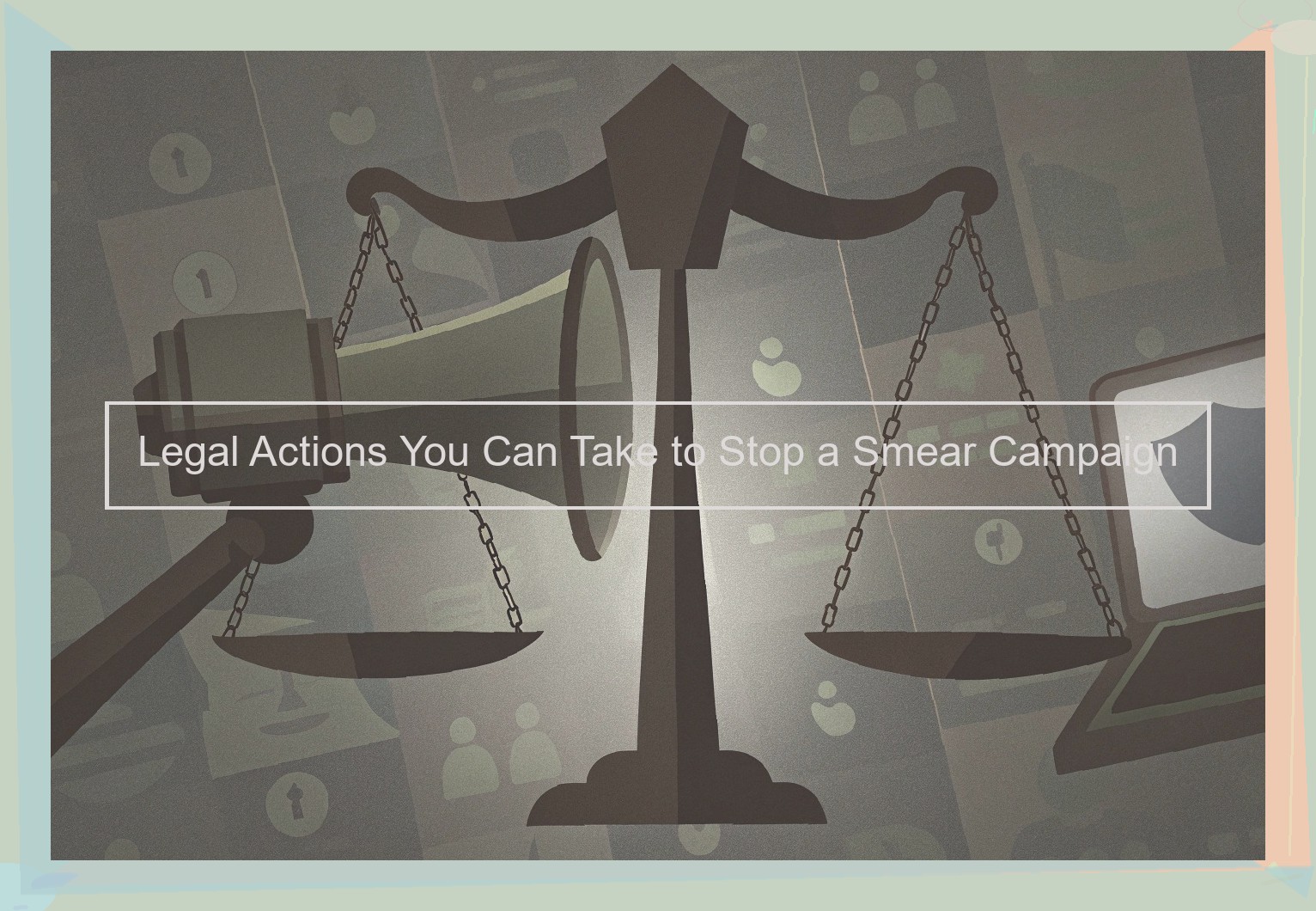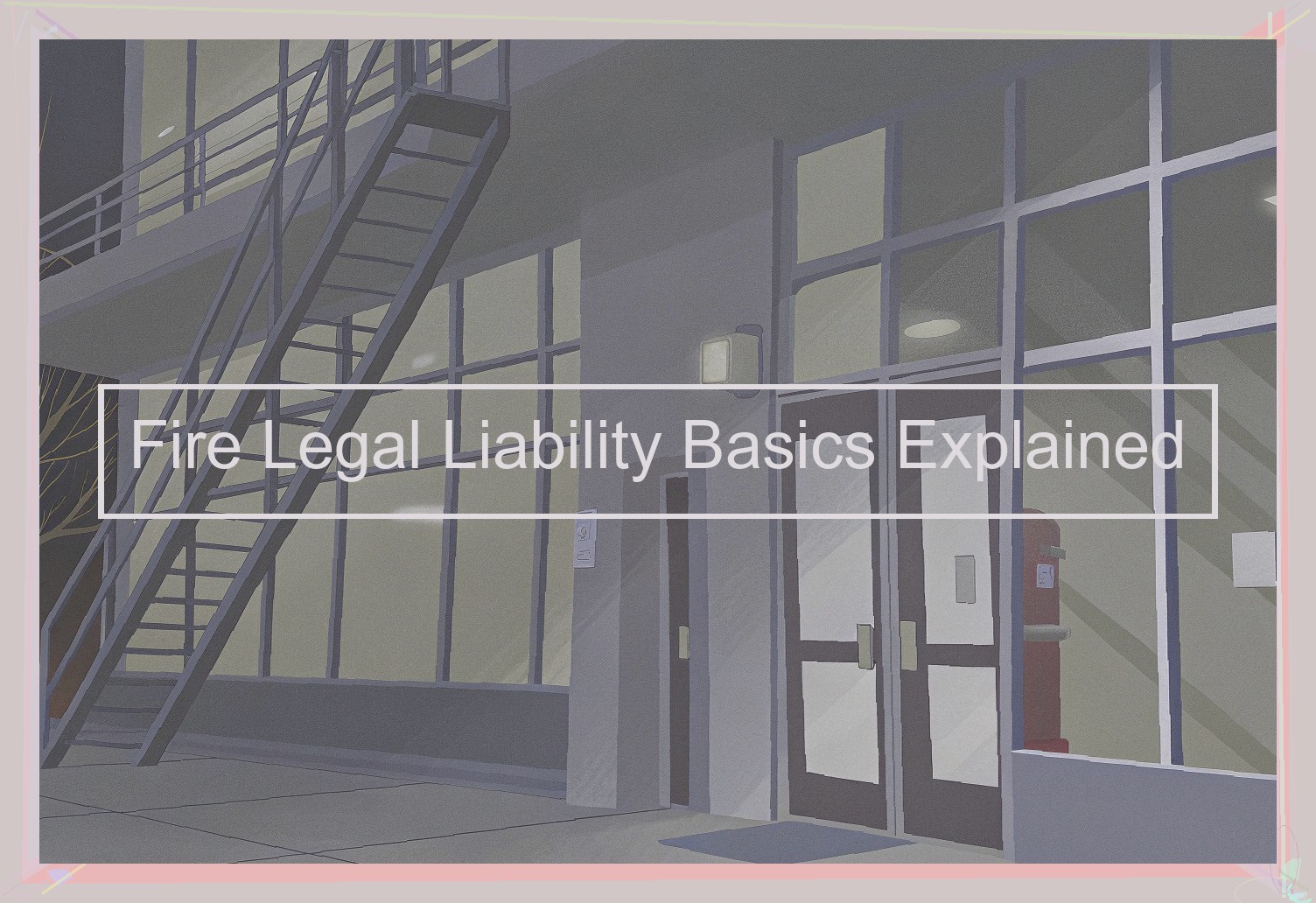All About Smear Campaigns
To understand smear campaigns, it helps to know how they fit into the bigger picture. Smear campaigns are a specific type of defamation that intentionally attempt to damage someone’s reputation. We can identify smear campaigns by the specific intent of the speaker, as well as the overall effect of the statement(s). When analyzing a libel or slander case, for instance, judges look at whether any reasonable person would interpret the statement as damaging to the plaintiff. If the answer is yes , the speaker may be liable for defamation.
Common examples of smear campaigns include:
In isolated cases, smear campaigns may be executed quite successfully by a small number of people. But in recent years, with the pervasiveness of social media and the relative ease with which information can be shared online, smear campaigns have become bigger, faster, and ultimately more effective than ever.
Defamation Laws: When You Can Sue
A smear campaign is often predicated on the telling of defamatory lies or misinformation about someone. The law provides people with certain legal recourse for addressing the damages that that they suffer when false statements are made about them and the first step in that process is understanding the law of defamation. While the law varies from state to state, this section will discuss the general definition of defamation, differentiate slander from libel, but also discuss how these concepts can be leveraged against smear campaigns.
Slander is the verbal or spoken publishing of a statement that turns the target into the butt of a joke or ridicule. Slander often relies on spoken words or sounds to broadcast those defamatory statements. Libel, on the other hand, is written publishing of a defamatory statement, and as such, usually differs from slander by using pictures, caricatures or motion pictures to convey defamatory statements. Just as the words of a spoken claim can be defamatory, so too can the images and symbols of a written claim inflict damage to a person or business.
A smear campaign typically relies on the following types of actions to be qualified as defamation. A smear campaign is often based on the use of words or pictures that are derogatory or defamatory about a person that lowers that person’s reputation or esteem in the eyes of either the public or a third person.
For both any smear campaigns or otherwise, a defamatory statement must generally have the following elements:
- The statement must be published, which means that it was made to persons other than the target. Publication, however, does not mean that it must be in a book or on the radio or television. It could be in written form, or other images that are displayed in public, verbally through the phone or in person.
- The statement must be false, which means it cannot prove truthful if challenged. For example, if a person were to say, "I hate John" that would not be defamatory because that is a truthful statement.
- The statement must be made with a negligent or malicious intent. This means that the truth of the statement must not have been verified by the publisher even though it could have and that the publisher did not confirm the truth or falsity. A person cannot publish a lie about someone else and claim that it was true if it was false just because he or she did not verify it. Negligence in this regard requires investigation and a failure to adequately investigate prior to publication of the statement could be actionable.
- The statement is unprivileged, meaning that there is not a legal or constitutional reason for making that particular statement that was not protected.
- The statement of fact caused damage, which means that there must have been damage to the reputation of the subject of the smear campaign.
- The statement was not an opinion or "fair comment." There is no recourse for a defamation claim where the statement was an opinion or fair comment.
Collecting Evidence to Prove Your Case
Collecting Evidence to Support Your Case
You may feel pretty confident about the smear campaign waged against you because you know it is untrue and malicious, but the law requires more solid proof to move forward with a case against those behind it. Slander and libel cases are particularly difficult to litigate because damages and mental anguish are difficult to quantify, which means any evidence you can collect to prove unusual conduct will be beneficial.
There are three types of evidence to gather to support a smear campaign case:
Documentary Evidence
Any digitized data, such as emails, texts, social media posts, or other communications regarding false statements or smear campaigns should be preserved. This may include messages about how to contact you or the extent to which a person is trying to convince others that your character is in poor standing due to false rumors. Screenshots or prints of social media pages where false rumors are being spread, or posts about it that were deleted, can also be helpful.
Witness Statements
Any person who has witnessed the smear campaign personally can attest to its accuracy—or its inaccuracy—so collecting witness statements is an important part of gathering evidence. This includes recordings of telephone calls with the person perpetrating the smear campaign. A smear campaign typically involves some sort of direct communication with the target to gain personal information for their campaign. This type of call is usually illegal to record unless consent is obtained. But if you can get the person in question to agree to a recorded call via text or email, that can be used as evidence if the smear campaign persists. If the person refuses to consent to a recorded call, this can also be used to show there is no legal purpose for their actions.
Photos and videos of the situation—in particular, the person behind it—can help support your case against them and are usually permissible as evidence in court.
Digital Footprints and Websites
Your attorney may hire a computer forensics expert to help dig up details and patterns in online behavior that are relevant to your smear campaign case. This can include tracking IP addresses and email addresses to an individual or company, and confirming whether a smear campaign is being orchestrated by a person you already know.
Suing Someone: Filing a Lawsuit
The process of filing a defamation lawsuit generally begins with the selection of an appropriate jurisdiction in which to bring the case. Jurisdiction raises complicated issues that are beyond the scope of this article, but can be considered as follows: (1) If you want to compel the publication to retract the defamatory statement, consider the convenient jurisdiction where the defendant resides or is domiciled; (2) If your primary concern is to seek money damages against a non-domiciliary defamer, venue may largely be determined by where the damaging statements were made and also by where you reside; and (3) If you have suffered serious damages from the smear campaign, you might want to bring suit in a forum where the damages are most likely to be felt by the perpetrator.
Second, after you have determined the right forum in which to bring suit, you should prepare and file a complaint that identifies the defendant, describes the publication’s conduct that you believe constitutes defamation, identifies the offending publications, describes the harm you have suffered, and demands appropriate relief (which may include a reasonable retraction demand). Under the federal rules of civil procedure, following a hearing, the person or entity you claim is responsible for the defamatory statements must respond to your complaint within 60 days. Most states have similar requirements.
Third, although you may choose to file the lawsuit yourself, it is always a good idea to consult a lawyer who specializes in media litigation in connection with your lawsuit. As with most legal matters, a lawyer can be beneficial to you both substantively and procedurally. Moreover, a lawyer acts as an excellent barrier between you and the publication, which will realize quickly when it has encountered a person who is represented by counsel.
Defender’s Guide to Smear Campaigns
In the case that the smear campaign is successful or prolonged, there are defensive strategies to mitigate damage and aid in recovery. Crisis communication strategies may be employed during a smear campaign to counter the malicious statements and to discourage those who are perpetuating the lies. If the smear campaign also touches on sensitive areas such as religion, race, or gender, such statements can trigger a much more aggressive response and even prompt law enforcement agencies to get involved. Allowing offensive material and communications to continue without confronting them creates a perception that these offensive attacks may well be true or, at the very least, that no defense exists.
Defensive steps include conducting internal investigations, preparing data sets analyzing victims’ beliefs and behaviors, developing and compiling contextual research based on intelligence gained through open and closed social media, and data collection techniques and interviews. Techniques employed by researchers and psychologists may be adapted to determine the "false premises" on which the smear campaign is based. By understanding the mechanism of the smear campaign, it is possible to craft a defensive message to expose the fabrications and/or overt inconsistencies. This may very well be done via social media where it can be seen by those of interest.
If the smear campaign has reached a level of geographic aggression impacting an entire community, it may be possible to confront the smear campaign by several out-of-court platforms , including press releases, press conferences, and press interviews. One drawback to these measures is that enemies are likely to be alerted and retaliation may result.
Lawyers can aid those who have been victimized by smear campaigns by crafting legal responses at times when other methods may not be effective. The most common means is the cease and desist letter. In some instances, protective orders and injunctions may be possible if there is ongoing unlawful conduct taking place. To be successful, however, it must be shown that such acts, if permitted to continue, cause irreparable injury. Further, judges are more often than not reluctant to issue protective orders and/or injunctions where economics are concerned or when the allegations relate to non-physical and/or emotional harm. With regard to this last issue, generally judges will not grant an injunction or protective order unless the endangered party can demonstrate that it will suffer irreparable harm if the order is not granted. If the harm can be compensated financially, the harmed party will likely not get an order in a purely civil matter. Cases that are involving stalking, harassment, or similar conduct may yield a different result where emergency orders can be granted under statute.
Businesses at times use issued written and oral denials, though many fear inciting a backlash if they attempt to give context. From a legal perspective, these comments may be more damaging than useful and may implicate corporate policies.
Remedies & Outcomes
Possible Outcomes and Remedies for a Smear Campaign
The desired outcomes of such legal actions typically include the issuance of a restraining order, issuance of a monetary award in terms of damages suffered, or in some cases, a compulsory public apology from the perpetrator. Some plaintiffs may also pursue a civil settlement that may include such terms as the publication of an apology, an agreed-upon restraint from future defamation, and compensation for damages.
After initiating court proceedings, a plaintiff may find that settlement is a distinct possibility before the matter requires a trial. Such settlement offers may come from either the defendant or their insurance company. In certain cases, a settlement may require the defendant to write a public apology, to issue an acknowledgment that they will refrain from posting any defamatory information about the plaintiff in the future, or to make a payment to the plaintiff for the money that they lost as a result of the smear campaign. In other cases, the defendant may agree to pay the plaintiff’s costs in litigating the case. In many instances, settlement comes as a relief to both parities; the plaintiff may be attempting to limit further loss, and the defendant is often eager to avoid a trial that has the possibility to cause additional damage to their reputation and bottom line. In many cases, settlements of this nature are made as a confidential non-admission of liability or wrongdoing.
Applying Leverage with Online Platforms to End a Smear Campaign
Online platforms play a significant role in combatting smear campaigns through the timely review and removal of defamatory, misleading or threatening content. Digital platforms, such as social media websites, blogs, and online forums, are often the main source of information for people seeking to learn more about others, especially in the context of harassment and defamation. Because some people overlook the fact that online platforms have community standards and terms of use, they fail to recognize the power and influence that private companies have in regulating the content they publish on their website.
Platforms accept user-generated content and usually have policies for removing content that violates their terms of use. Although some platforms are slower than others to act on such policies, and enforcement may be inconsistent from day-to-day, platforms do not turn low-hanging fruit into a game by needlessly deferring the removal of other embarrassing or defamatory content. The removal of harmful content will be quicker than otherwise if it is clear (even to the most basic reviewer) that the subject of the smear campaign is being harmed. As well, many athletes and organizations are subject to further regulations, which should be used as leverage.
A concern related to smear campaigns is that content published on a smear campaign website can easily originate from multiple sources and social media accounts that are anonymous or hidden behind an alter-ego. Such accounts are intentionally named or disguised, they therefore breach the anonymity . For example, the creators of these smear campaign sites typically set up numerous sub-domains/username accounts or even post content directly under the main domain/username account. This is then submitted by the account holders to various social media platforms, is advertised with keywords, and is posted on the smear campaign sites to attract views, all with the intent to promote the smear campaign content and hence maximize the harm to the targets.
A tactic to keep these sites afloat is that the smear campaign sites use legal rights from various countries to preserve their content. Typically, they invoke them under the following theories: At common law, online platform operators have no duty to monitor content, i.e., to remind search engines of the names of people who they consider to be defamed. That is not to say that the platform operator is free of liability, only that it is saddled with less difficult undertakings to avoid liability than it otherwise would have if it had a greater involvement in the publication of the content. Small and large platforms rarely want to get involved in each fact to determine what defamation may or may not exist anyways. Without the enactment of new comprehensive laws governing the publication of online content, platforms likely prefer to observe the action by third-parties from afar rather than incurring the cost of litigation to discuss the issue.
It is possible that platforms will respond to court orders when they are issued against a person, but they also do not respond to court orders that infringe rights protected under law.



